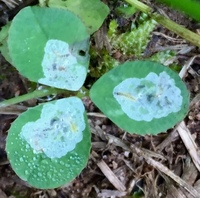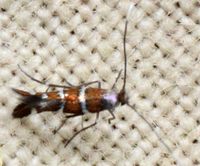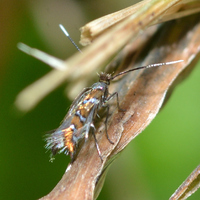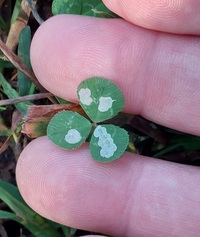
| Recorded by: Mark Basinger on 2025-10-18
Stanly Co.
Comment: Trifolium repens was host plant. Blotch mines were apparently unoccupied. | 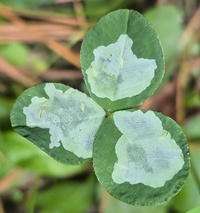
| Recorded by: Michael P. Morales on 2025-09-17
Cumberland Co.
Comment: |
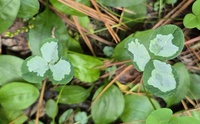
| Recorded by: Michael P. Morales on 2025-09-17
Cumberland Co.
Comment: | 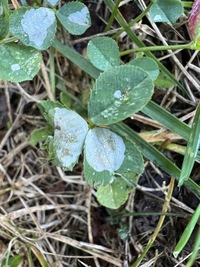
| Recorded by: Stephen Dunn on 2025-09-05
Chatham Co.
Comment: |
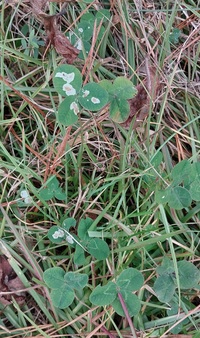
| Recorded by: Mark Basinger on 2024-11-26
Nash Co.
Comment: | 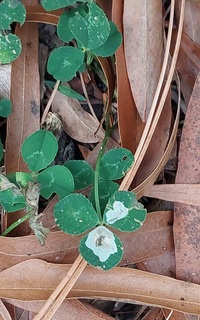
| Recorded by: Mark Basinger on 2024-11-11
Wilson Co.
Comment: |
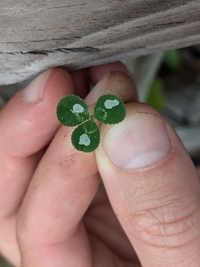
| Recorded by: Erich Hofmann on 2024-11-02
New Hanover Co.
Comment: | 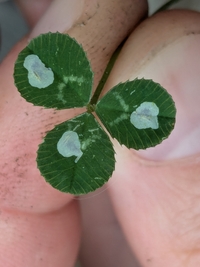
| Recorded by: Erich Hofmann on 2024-11-02
New Hanover Co.
Comment: |
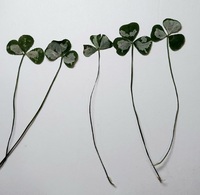
| Recorded by: Mark Basinger on 2024-10-16
Rowan Co.
Comment: | 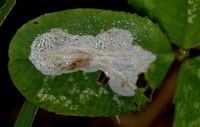
| Recorded by: Stephen Dunn on 2024-08-21
Orange Co.
Comment: |
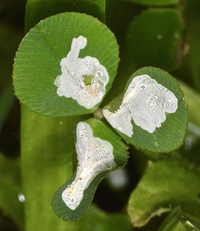
| Recorded by: Stephen Dunn on 2024-08-21
Orange Co.
Comment: | 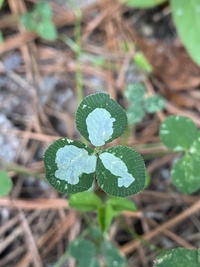
| Recorded by: David George, Becky Watkins on 2023-09-30
Chatham Co.
Comment: |
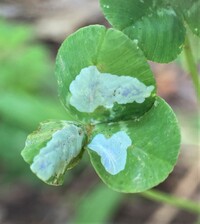
| Recorded by: Dean Furbish on 2023-06-14
Wake Co.
Comment: | 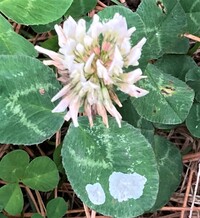
| Recorded by: Dean Furbish on 2022-11-15
Wake Co.
Comment: |
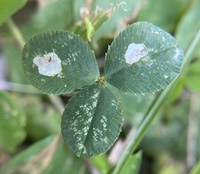
| Recorded by: David George, Becky Watkins on 2022-10-09
Durham Co.
Comment: | 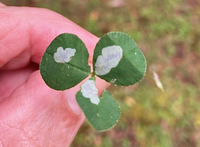
| Recorded by: Jim Petranka and Becky Elkin on 2022-09-20
Haywood Co.
Comment: |
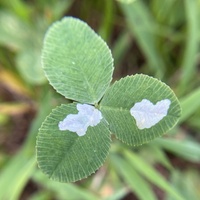
| Recorded by: David George, Becky Watkins on 2022-09-18
Durham Co.
Comment: occupied mines on Trifolium repens | 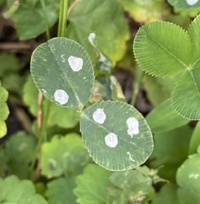
| Recorded by: David George on 2022-08-18
Orange Co.
Comment: |
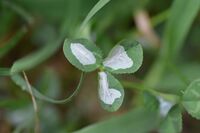
| Recorded by: Tracy S. Feldman on 2022-07-26
Durham Co.
Comment: | 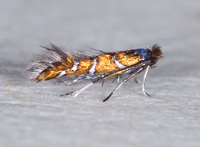
| Recorded by: Jim Petranka on 2022-07-07
Madison Co.
Comment: One of three adults that were reared from Trifolium repens; mines on June 27, 2022; adults on July 7, 2022 (see companion photo of the mines). |
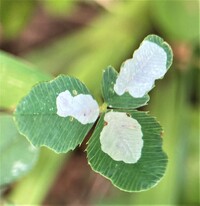
| Recorded by: Dean Furbish on 2022-07-04
Wake Co.
Comment: | 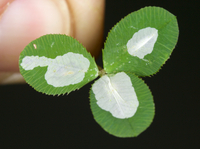
| Recorded by: Jim Petranka on 2022-06-27
Madison Co.
Comment: Occupied mines were common on White Clover. |
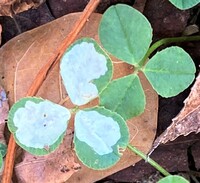
| Recorded by: Dean Furbish on 2021-11-17
Brunswick Co.
Comment: | 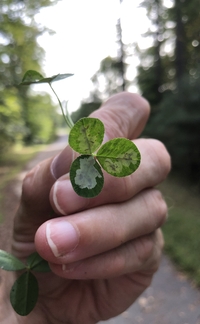
| Recorded by: John Petranka on 2021-10-14
Durham Co.
Comment: |
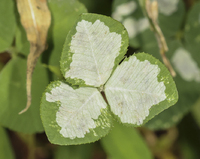
| Recorded by: John Petranka on 2021-10-14
Durham Co.
Comment: | 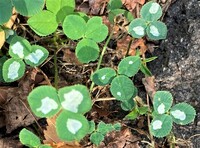
| Recorded by: Dean Furbish on 2021-09-28
Wake Co.
Comment: |
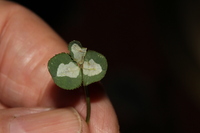
| Recorded by: Harry Wilson on 2021-06-04
Wake Co.
Comment: | 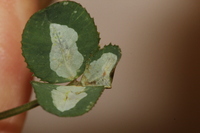
| Recorded by: Harry Wilson on 2021-06-04
Wake Co.
Comment: |
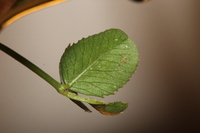
| Recorded by: Harry Wilson on 2021-06-04
Wake Co.
Comment: | 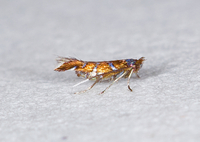
| Recorded by: Jim Petranka on 2020-11-10
Buncombe Co.
Comment: |
|

 »
»